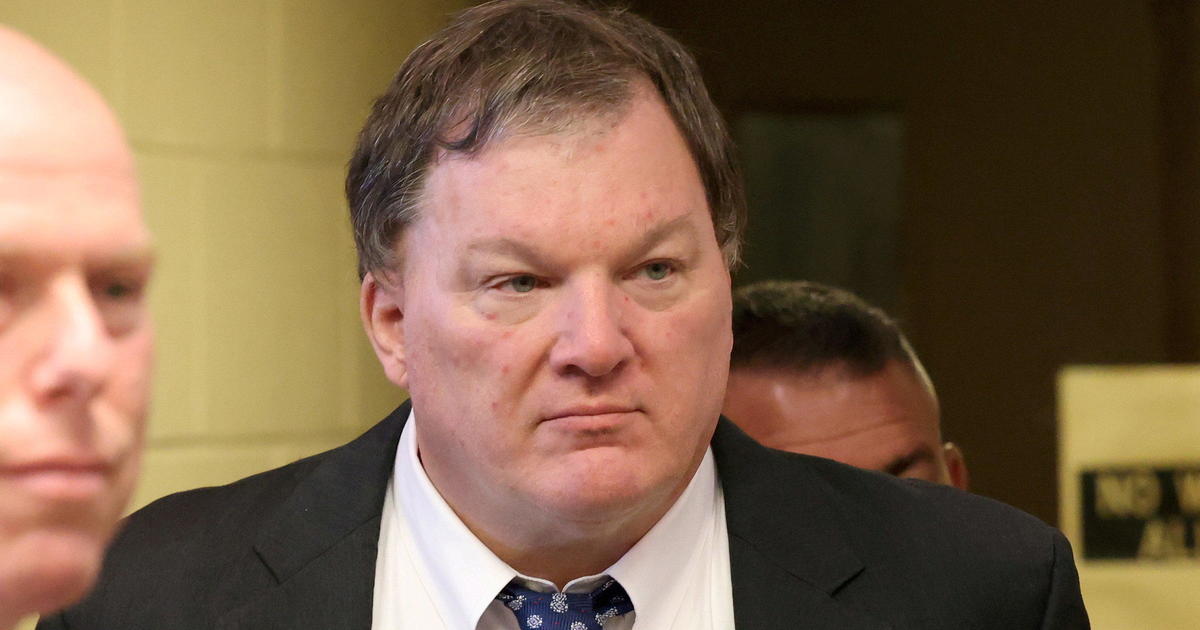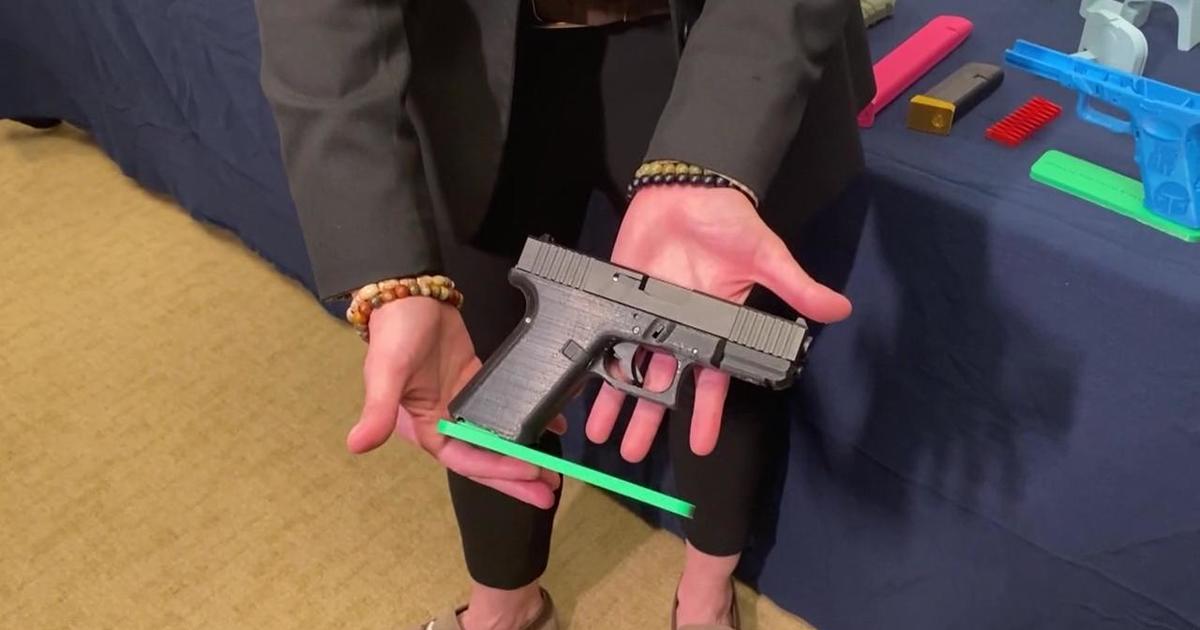Injury Breakdown: Diagnosis: Tendonitis
by Abby Sims
Alex Rodriguez's hip is acting up on him again, but this time fans can exhale because according to all reports, his current problem has nothing to do with the hip labral repair surgery he had last year. A-Rod has been listed as day-to-day with a diagnosis of hip flexor tendonitis. Let's hope that's all it is. Rodriguez sounded optimistic and said he "feels strong" – all great news for the New York Yankees and their fans.
So what is hip flexor tendonitis?
Tendonitis is simply an inflammation ("itis") of a tendon, though occasionally (as is often the case with tennis elbow) it is actually a tear of the tendon. Tendons connect muscles to bones and they can become inflamed due to overuse. Tendonitis can also result from friction due to repeatedly impinging a tendon on a bony prominence (like a bone spur) or if the tendon repetitively glides back and forth over an irregular bony surface when the muscle contracts.
What are the causes of overuse?
Overuse is a result of undue demand on muscles and their tendons, generally from a sudden increase in activity or from repetitive stresses. However, we are also predisposed to overuse injuries if we have an underlying weakness or muscle imbalance. Weakness obviously makes us less able to withstand the demand that an activity requires of us and so the result is that we break down. This is a common problem for the person who simply rests after an injury until the symptoms resolve rather than also rehabbing to restore normal strength. In addition, those with limited muscle flexibility or joint range of motion are more prone to tendonitis, muscle strains and other inflammatory conditions.
What are hip flexors? A brief anatomy lesson…
There are two muscles considered to be primary hip flexors: One, named Iliacus, originates at the body of the pelvis and at its rim and it inserts at the top of the femur (thigh bone) at its lower end. The other main hip flexor muscle is called Psoas Major, and it runs from the vertebrae and discs of the lower back to the upper portion of the femur. Together these muscles are often referred to as the Iliopsoas muscles, or hip flexors. They flex the hip by pulling the lower end of the muscle toward the upper end when the muscle contracts to move the thigh toward the chest.
The hip flexors can also act by pulling their upper attachments toward the lower instead of the other way around. When the thigh is in a stationary position, the iliacus muscle draws the pelvis toward the thigh (think sitting up from a position of lying flat) and the psoas flexes the lower vertebrae toward the thigh. This is how the hip flexors assist the abdominals when you do crunches, especially if you do them incorrectly.
The four muscles of the front of the thigh are collectively called the quadriceps. As a group, their primary function is to extend (straighten) the knee. Only one of the quadriceps muscles, the Rectus Femoris crosses the hip joint as well as the knee. Because of this, the rectus also acts to assist in flexing the hip.
And, that's not all…the inner thigh muscles, known as adductors (adductor longus, brevis and magnus to be exact), are responsible for drawing one thigh toward the other, an action known as hip adduction. Because of their attachments, these muscles also play a small role in flexing the hip. The overlapping of function of the many muscles increases our strength but also provides a measure of insurance in the case of injury.
When the diagnosis is hip flexor tendonitis, the problem is an inflammation of one or both of the primary hip flexors – iliacus or psoas major. For us mortals, treatment focuses on reducing that inflammation while also working to gradually restore or increase strength, power, endurance and flexibility of the muscles in a totally painfree manner. For Alex Rodriguez and other elite athletes, controlling inflammation is the key while working to maintain their level of conditioning. Figuring out what caused the overuse is also crucial to prevent recurrence, and if there is no physical predisposition, it could be the mechanics of play. If that's the case, I would imagine Mr. Rodriguez and his coaches have been reviewing a fair amount of videotape.
Joe Girardi has said that he hopes to have Rodriguez back on the field on Tuesday. Let's hope he stays out there.
Abby Sims is an orthopedic and sports physical therapist who has been in private practice in NYC for the past 30 years (you may be familiar with her husband, sportscaster & WFAN alum Dave Sims). Abby has a Masters of Science in Physical Therapy from Duke University and has extensive experience working with professional, collegiate and recreational athletes with musculoskeletal injuries – both non-operative and operative. She has also enjoyed lecturing at many medical conferences. Abby looks forward to responding to your questions or writing about topics that you suggest. For more information about Abby, or her practice, please check out www.RecoveryPT.com as well as www.AthletiSense.com.



